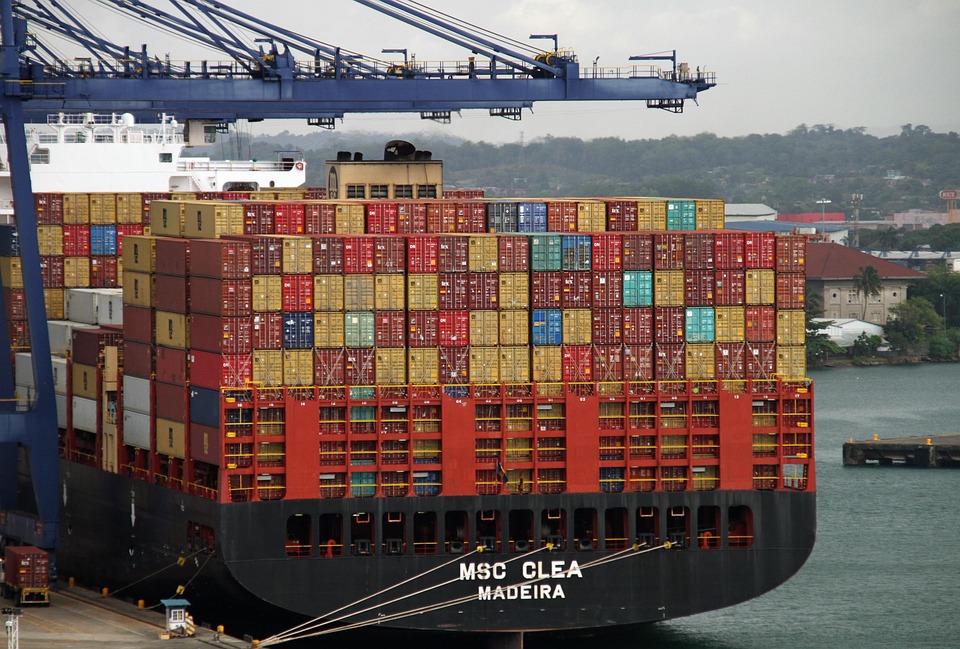The global soybean feed prices have witnessed a significant surge in recent times, primarily driven by factors such as increasing demand for animal protein, supply chain disruptions, and climate-related events. According to a report by the USDA Foreign Agricultural Service, the global soybean market is expected to continue its growth trend, with the average price of soybean meal projected to rise by 10% in the next year. OECD-NEA also states that the increasing demand for soybean meal is driven by the growing demand for animal protein, particularly in Asia.
The surge in soybean feed prices has been further exacerbated by supply chain disruptions, including trade tensions, logistical issues, and weather-related events. A report by Bloomberg highlights the impact of the US-China trade war on the global soybean market, with the US soybean exports to China decreasing by 50% in 2020. Reuters also reports that the COVID-19 pandemic has led to logistical issues, resulting in a shortage of soybean supplies and driving up prices.
Climate-related events, such as droughts and floods, have also contributed to the surge in soybean feed prices. According to a report by the Intergovernmental Panel on Climate Change (IPCC), climate change is expected to have a significant impact on global food systems, including the soybean market. UNESCO also highlights the importance of developing sustainable agricultural practices to mitigate the impacts of climate change on food production.
The impact of the surge in soybean feed prices on livestock production has been significant, with many farmers and producers struggling to maintain profitability. A report by the National Hog Farmer highlights the challenges faced by pig farmers, with the cost of soybean meal accounting for up to 70% of the total feed costs. Poultry Times also reports that the surge in soybean feed prices has led to a decrease in profitability for poultry producers, with many farms struggling to stay in business.
In response to the surge in soybean feed prices, many livestock producers are exploring alternative feed options, such as peas and canola meal. According to a report by the Feed Navigator, the use of alternative protein sources is expected to increase by 15% in the next year, driven by the growing demand for sustainable and cost-effective feed options. All About Feed also highlights the importance of developing novel feed ingredients, such as insect meal and algae-based feeds, to reduce the reliance on traditional soybean meal.
The surge in soybean feed prices has also led to an increase in the use of technology and innovation in livestock production, such as precision agriculture and feed formulation software. According to a report by the Agriculture.com, the use of precision agriculture is expected to increase by 20% in the next year, driven by the growing demand for efficient and sustainable farming practices. Feed Strategy also highlights the importance of developing innovative feed formulation software, such as machine learning-based systems, to optimize feed formulations and reduce costs.
In conclusion, the surge in global soybean feed prices has significant implications for livestock production, with many farmers and producers struggling to maintain profitability. The drivers of the surge, including increasing demand for animal protein, supply chain disruptions, and climate-related events, are expected to continue in the coming years. However, the development of alternative feed options, novel feed ingredients, and innovative technologies is expected to provide new opportunities for livestock producers to reduce costs and improve efficiency.
Conclusion
The surge in global soybean feed prices is a complex issue, driven by a range of factors, including increasing demand for animal protein, supply chain disruptions, and climate-related events. While the impact on livestock production has been significant, the development of alternative feed options, novel feed ingredients, and innovative technologies is expected to provide new opportunities for farmers and producers to reduce costs and improve efficiency. As the global soybean market continues to evolve, it is essential for stakeholders to stay informed about the latest trends and drivers, and to work together to develop sustainable and cost-effective solutions for the future.
FAQs
Q: What are the main drivers of the surge in global soybean feed prices?
A: The main drivers of the surge in global soybean feed prices include increasing demand for animal protein, supply chain disruptions, and climate-related events. USDA Foreign Agricultural Service and OECD-NEA provide more information on the global soybean market.
Q: How has the surge in soybean feed prices impacted livestock production?
A: The surge in soybean feed prices has had a significant impact on livestock production, with many farmers and producers struggling to maintain profitability. National Hog Farmer and Poultry Times provide more information on the challenges faced by livestock producers.
Q: What alternative feed options are available to livestock producers?
A: Alternative feed options available to livestock producers include peas, canola meal, and novel feed ingredients such as insect meal and algae-based feeds. Feed Navigator and All About Feed provide more information on alternative feed options.
Q: How can technology and innovation help reduce the impact of the surge in soybean feed prices on livestock production?
A: Technology and innovation, such as precision agriculture and feed formulation software, can help reduce the impact of the surge in soybean feed prices on livestock production by improving efficiency and reducing costs. Agriculture.com and Feed Strategy provide more information on the role of technology and innovation in livestock production.





